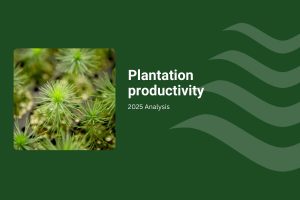After contracting for two months, the Wood & Paper Products sub-sector of the Australian Performance of Manufacturing Index (Australian PMIR) leapt a sharp 8.6 points to 50.1 points in March 2015, returning to an expansionary setting that has not been matched by other sectors of the domestic manufacturing economy.
In total, Australian manufacturing contracted for the fourth consecutive month in March 2015, underscoring the types of issues confronted by the Reserve Bank of Australia (RBA) as it contemplates a further interest rate cut.
The aggregate Australian PMI produced each month by the Australian Industry Group remained firmly in contraction, recording 46.3. Any measure below 50 means a sector is in contraction and above 50, is expanding.
Fuelled by stronger residential housing demand (solid wood products) and continual growth in food and beverage (paper packaging and board) production, the Wood and Paper Products Sub-Sector index appears to have entered a period of modest expansion.
While there can be volatility in these figures, they are recorded on a three month moving average (3MMA) basis. This is important because it suggests that in March, the alteration to business conditions brought about by the depreciation of the Australian Dollar has commenced taking effect to the point where it is contributing to expansion in both the packaging and printing sectors.
The table below shows the relative performance of the sub-sectors making up the Australian PMI.
The PMI is made up of a number of factors or activities. It takes into account production, capacity utilization, exports, employment and sales for example. It is relevant to consider two of these, at least.
While the decline in the Australian Dollar has assisted exporters, the same companies, as well as some of those not exporting, have also reported that their imported input costs are rising.



